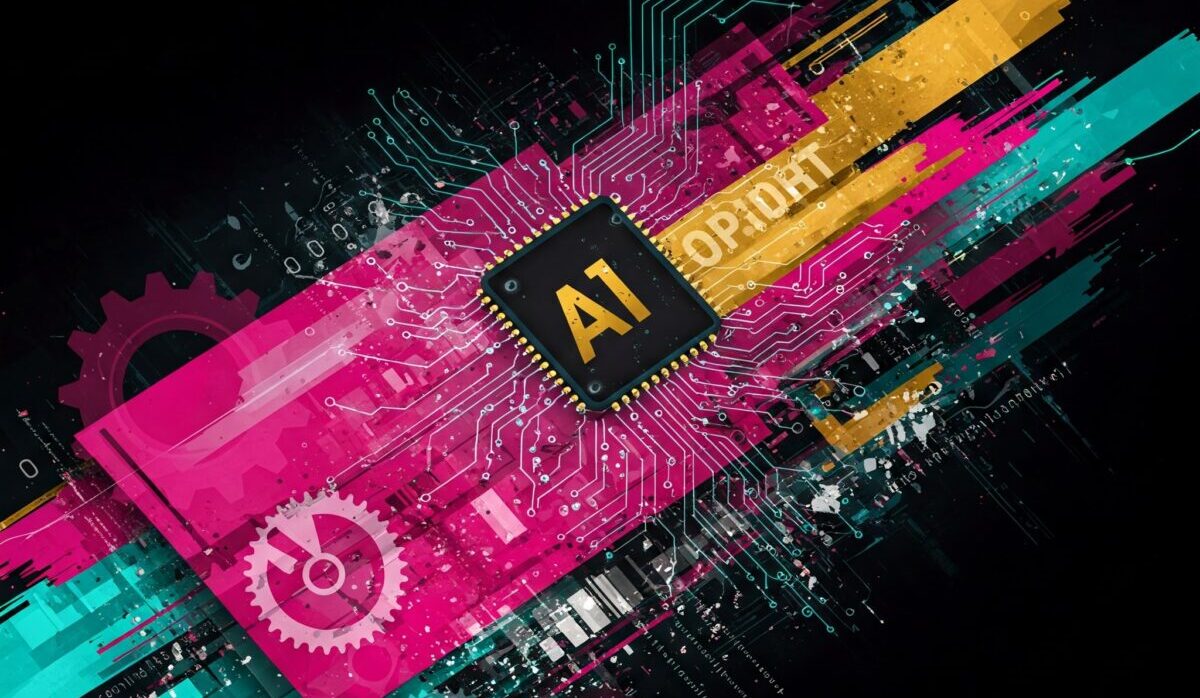The New Frontier of Intellectual Property
Artificial intelligence (AI) is breaking into the world of art and creativity with a disruptive force, capable of generating images, compose music, write lyrics, and even create video with ease and at speeds that until recently seemed like science fiction. But this revolution creative digital raises a series of new questions, and complex, that put a strain on the laws and conventions that for centuries regulate the right of the author. The central question, and, perhaps, the most thorny, is: who is the real “owner” of a work created by a machine? Who is entitled to the copyrights on an image generated by an algorithm? This is the great dilemma of the copyright, IA.
The IA the Brush, and the Keyboard: How the Machines Create
To fully understand the scope of the challenge, it is essential to briefly explore how the AI can “create”. generative models, the heart of the revolution, which also involves the right of the author IA, are sophisticated systems that are trained on the quantity of data so large that test the limits of human imagination. Pictures, music, literary texts: everything is absorbed and analyzed by these algorithms, which learn to recognize patterns, structures, and styles. The result is an amazing ability to generate new content, often indistinguishable from those created by a human being.
Consider, for example, tools such as FROM-AND, Midjourney, and Stable Diffusion, which allow anyone to create detailed images, and evocative simply describing them in words. Or in the software as AIVA, who composes music in many different styles, from classical to pop, with a skill that challenge the traditional conventions. And let's not forget the language models, such as ChatGPTable to write articles, screenplays, and even poetry, with a fluidity and creativity, which is surprising.
Who is the Author? The Dilemma of copyright
The copyright laws, however, were designed in an era of pre-digital, when the idea of a machine that is able to “create” it was pure fantasy. Traditionally, the copyright protects “original works” are created by human authors, the expression of their creativity and their talent. But how can you apply this concept to works generated by AI?
The question is anything but simple. If an AI creates an image without any human intervention, it is legitimate to consider the algorithm as the “author”? No, of course not. But if an artist uses AI as a tool, guiding and changing the final result, then the question changes. The border between “creation” and “manipulation” becomes blurred and difficult to define, in terms of copyright, IA.
Scenarios Comparison: Different Perspectives-Legal
The debate is open, and the answers vary at the international level. In the United States, for example, the Copyright Office has determined that the works entirely generated by AI may be protected by copyright, unless there is a human contribution is significant in the creative process (The US Copyright Office FOR guidance). Europe, for its part, is trying to find a balance between the protection of the human authors and the incentive to technological innovation, with legislative proposals that explore different solutions (European TO Act). Also, in China, are developing specific approaches to address the challenges posed by the IA to the intellectual property.
Implications for the Artists and the Creative: A New Renaissance?
The advent of AI generative represents a challenge and an opportunity for artists and creators. On the one hand, the fear of being replaced by machines is understandable. The AI can produce content at a pace and at a cost that human beings can hardly match. On the other hand, however, the AI can also become a powerful tool to augment human creativity, offering new possibilities of expression and opening the way to forms of art in hybrid and experimental.
The future of art and creativity in the age of AI is yet to be written. But one thing is certain: the answer is not to close a curl-and to oppose the progress. The key is to embrace new technologies with critical awareness, defining an ethical framework that is legal and protect the rights of artists, promote innovation, and ensure that human creativity will continue to flourish in all its forms. We have explored more deeply the role of AI as a creative tool inarticle on AI artist.
A Future to Define
Questions about the copyright in the age of AI do not have easy answers. But it is important to address them with urgency and determination, because the decisions that we take today will shape the future of creativity and innovation. The debate is still open and requires an active involvement on the part of artists, designers, developers, lawyers, legislators and society as a whole. Only through an open and constructive dialogue we will be able to find a balance between the recognition of the human contribution in the creation of the IA, the protection of the rights of the original authors and the promotion of a creative ecosystem that is rich and dynamic, where the copyright IA is finally clear and tutelante. An ethical framework, such as that outlined inarticle on the ethics of AI, it is critical to manage these challenges in a responsible way.

This article begs for the right questions that need to be addressed. Creatives put alot of effort time and dedication to there work it's actually sad that the emergency of To almost disregard this work